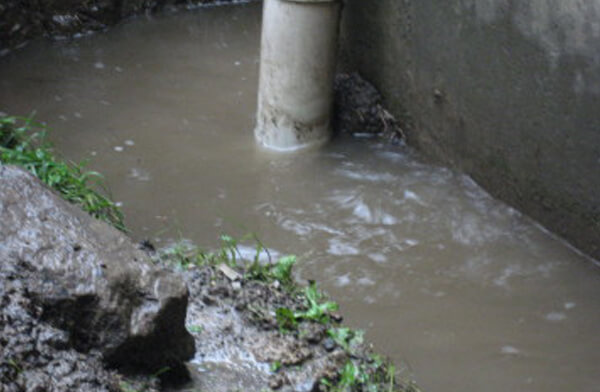They are making a few good annotation on Finding hidden leaks overall in this great article which follows.

Early discovery of leaking water lines can reduce a possible calamity. Aside from conserving you money, it will decrease the stress and disappointment. The moment you locate a leak, calling your plumber for fixings is the very best service. Some small water leakages may not be noticeable. If you can not spot it with your nude eyes, right here are some hacks that aid.
1. Check Out the Water Meter
Every home has a water meter. Checking it is a proven way that aids you find leakages. For starters, switch off all the water sources. Make certain no one will purge, utilize the tap, shower, run the cleaning equipment or dish washer. From there, most likely to the meter and watch if it will alter. Since nobody is utilizing it, there must be no activities. If it relocates, that shows a fast-moving leakage. Similarly, if you spot no changes, wait an hour or 2 as well as inspect back once again. This indicates you might have a sluggish leak that could even be underground.
2. Examine Water Intake
Assess your water costs and also track your water intake. As the one paying it, you should observe if there are any discrepancies. If you find sudden changes, regardless of your intake being the same, it suggests that you have leakages in your plumbing system. Bear in mind, your water bill must fall under the exact same variety each month. An abrupt spike in your expense shows a fast-moving leak.
Meanwhile, a consistent rise every month, despite the very same habits, shows you have a slow leak that's likewise gradually rising. Call a plumber to completely examine your home, especially if you really feel a warm location on your flooring with piping beneath.
3. Do a Food Coloring Test
When it concerns water usage, 30% comes from toilets. Examination to see if they are running correctly. Drop flecks of food shade in the tank and wait 10 minutes. If the color somehow infiltrates your dish during that time without flushing, there's a leak between the container as well as dish.
4. Asses Outside Lines
Don't fail to remember to check your outdoor water lines also. Test spigots by affixing a yard pipe. Should water seep out of the link, you have a loosened rubber gasket. Change this as well as guarantee all connections are limited. If you have actually obtained a lawn sprinkler, it will certainly help get it properly examined and preserved yearly. One little leakage can squander tons of water and also surge your water bill.
5. Evaluate and Examine the Situation
House owners should make it a behavior to inspect under the sink counters and also also inside closets for any bad odor or mold and mildew development. These two red flags show a leakage so timely attention is needed. Doing regular evaluations, even bi-annually, can save you from a major issue.
Check for stainings and deteriorating as many devices and pipes have a life expectations. If you suspect dripping water lines in your plumbing system, do not wait for it to escalate.
Early discovery of dripping water lines can reduce a potential catastrophe. Some tiny water leaks may not be visible. Inspecting it is a surefire method that assists you discover leaks. One small leak can squander bunches of water and also spike your water bill.
If you believe dripping water lines in your plumbing system, do not wait for it to intensify.
WARNING SIGNS OF WATER LEAKAGE BEHIND THE WALL
PERSISTENT MUSTY ODORS
As water slowly drips from a leaky pipe inside the wall, flooring and sheetrock stay damp and develop an odor similar to wet cardboard. It generates a musty smell that can help you find hidden leaks.
MOLD IN UNUSUAL AREAS
Mold usually grows in wet areas like kitchens, baths and laundry rooms. If you spot the stuff on walls or baseboards in other rooms of the house, it’s a good indicator of undetected water leaks.
STAINS THAT GROW
When mold thrives around a leaky pipe, it sometimes takes hold on the inside surface of the affected wall. A growing stain on otherwise clean sheetrock is often your sign of a hidden plumbing problem.
PEELING OR BUBBLING WALLPAPER / PAINT
This clue is easy to miss in rooms that don’t get much use. When you see wallpaper separating along seams or paint bubbling or flaking off the wall, blame sheetrock that stays wet because of an undetected leak.
BUCKLED CEILINGS AND STAINED FLOORS
If ceilings or floors in bathrooms, kitchens or laundry areas develop structural problems, don’t rule out constant damp inside the walls. Wet sheetrock can affect adjacent framing, flooring and ceilings.
https://www.servicemasterbyzaba.com/blog/how-to-detect-water-leakage-in-walls/

As a devoted person who reads on Hacks to detect leaks, I was thinking sharing that post was smart. Are you aware of another individual who is fascinated with the niche? Take a moment to promote it. Thanks for going through it.
Book 24/7